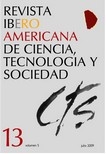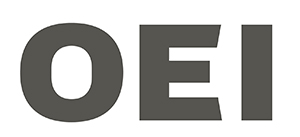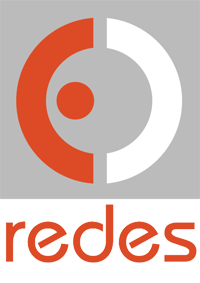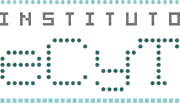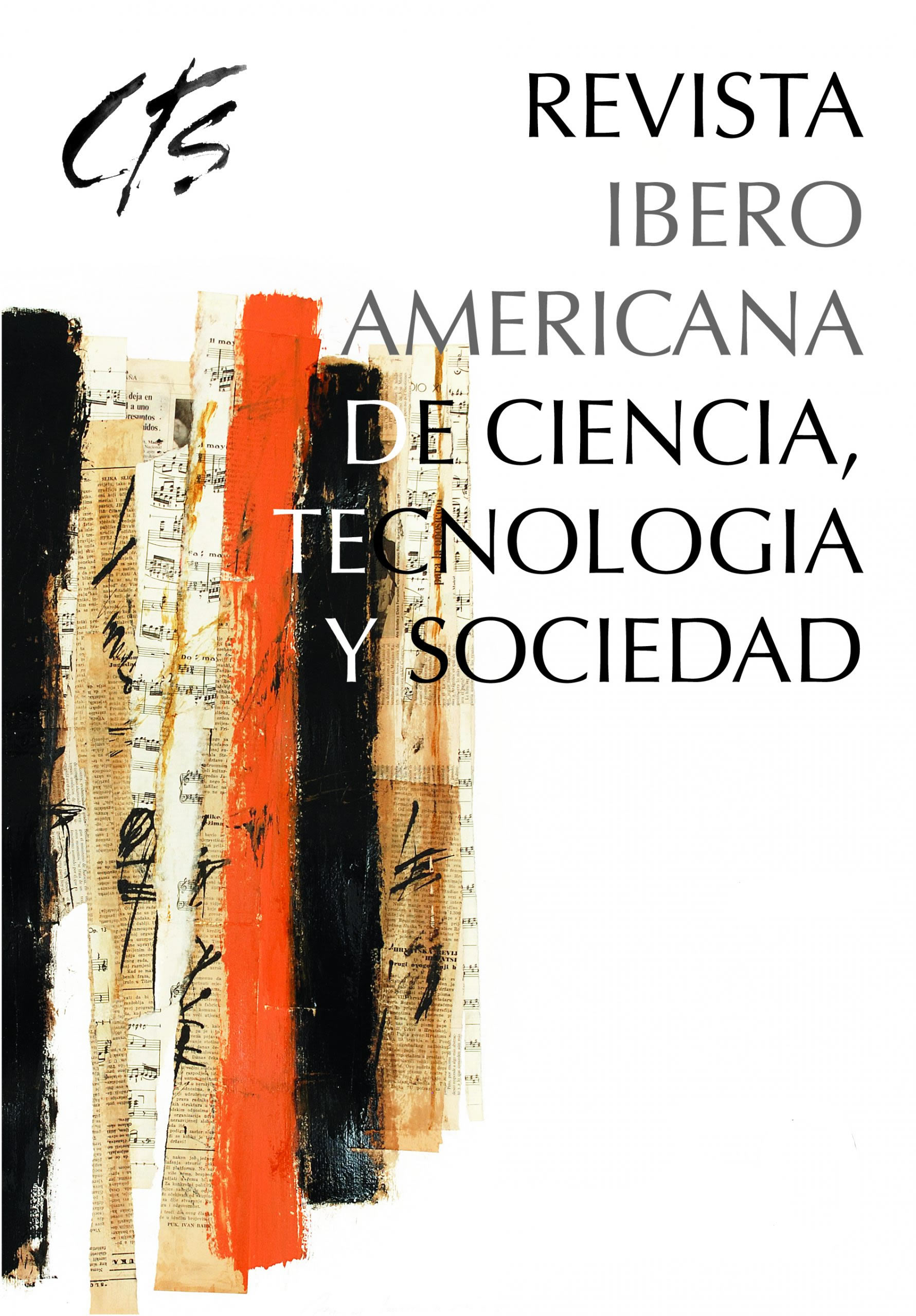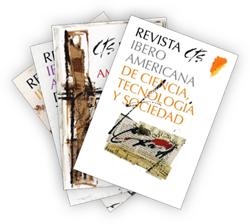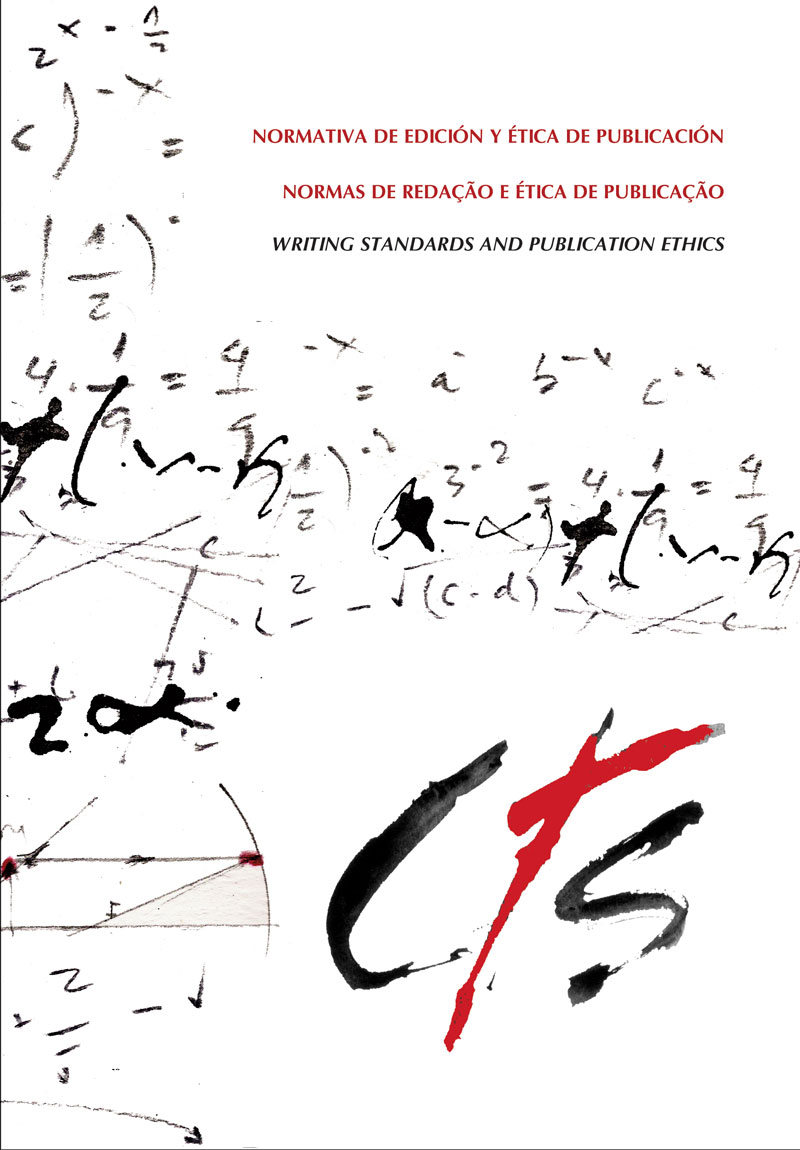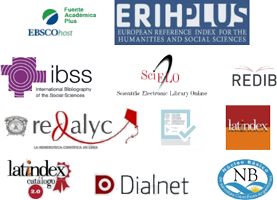The Impacts of the Mexican CONACYT Scholarship Program
An Analysis of the Occupational Trajectories of Former Scholarship Recipients (1997-2006)
DOI:
https://doi.org/10.52712/issn.1850-0013-858Keywords:
postgraduate degrees, post-graduate education policies, science and technology, impact assessment, MexicoAbstract
This paper aims to survey the impacts of Mexico’s CONACYT Grants Program, studying the occupational trajectories of the program’s former grant holders in the last few years. It analyzes recent trends in matriculation and the supply of post-graduate programs in Mexico, and describes the main programs of support grants for this education level. The paper also reviews methodological problems and alternatives for impact assessment of these programs, as well as their importance for science and technology policy. Based upon a survey designed according to the model provided by the international study on trajectories of doctorate professionals, the paper analyzes relevant issues of the professional careers of former grant holders: condition of activity, occupation sector, sectorial mobility and employment’s quality, impact on the productive environment and on innovation, relationship between education and employment, and impacts on the academic realm. With these results, the paper makes a general assessment on the program’s impacts and it identifies some critical issues from the perspective of the issues related to human resources for Mexico’s S&T policies.
Downloads
References
ADIAT (2007): Evaluación de la política de I+D e innovación de México (2001-2006), México.
ALBORNOZ, Mario y ALFARAZ, Claudio (2008): Diseño de una metodología para la medición del impacto de los centros de excelencia, Buenos Aires, Centro Redes, Documento de trabajo Nº 37, disponible en http://www.centroredes.org.ar/documentos/documentos_trabajo/files/Doc.Nro37.pdf
ANUIES (Asociación Nacional de Universidades e Instituciones de Educación Superior) (varios años): Anuarios estadísticos, disponible en http://www.anuies.mx/servicios/e_educacion/index2.php
BRUNNER, José Joaquín (2007): Universidad y Sociedad en América Latina, 2ª Edición con una nueva Introducción, Biblioteca Digital de Investigación Educativa del Instituto de Investigaciones en Educación de la Universidad Veracruzana.
CASTAÑOS LOMNITZ, Heriberta (coord.) (2007): La migración de talentos en México, México, Miguel Ángel Porrúa.
CINDA (2007): Educación Superior en Iberoamérica. Informe 2007, Santiago de Chile, CINDA.
CONACYT (2007): Informe general del estado de la ciencia y la tecnología México 2007, México, CONACYT.
DE VRIES, Wietse y ÁLVAREZ MENDIOLA, Germán (2005): “Acerca de las políticas, la política y otras complicaciones en la educación superior mexicana”, Revista de la Educación Superior, No. 134, Abril-Junio.
DE VRIES, Wietse (2000): “Silencios y ruidos: las políticas para la educación superior en México”, Revista de la Educación Superior, No. 114.
DIDOU AUPETIT, Sylvie (2008): De la pasión a la profesión: investigación científica y desarrollo en México, México, Casa Juan Pablos Centro Cultural.
D’ONOFRIO, María G. y GELFMAN, Julia (2008): Fuentes de información para el análisis de los resultados e impactos de los programas de apoyo a la formación de posgrado en ciencias e ingeniería en Iberoamérica, Observatorio Iberoamericano de la Ciencia y de la Tecnología del Centro de Altos Estudios Universitarios de la Organización de los Estados Iberoamericanos.
FECYT (2005): “Modelos de Protocolos para la Evaluación de Actividades I+D e Innovación”, Madrid, FECYT.
FORO CONSULTIVO CIENTÍFICO Y TECNOLÓGICO (2006): Diagnóstico de la política científica, tecnológica y de fomento a la innovación en México, México.
GREDIAGA-KURI, Rocío (2000): Profesión académica, disciplinas y organizaciones, México, Anuies.
LUCHILO, Lucas (coord.) (2008): Evaluación de impacto del Programa de Formación de científicos y tecnólogos del Consejo Nacional de Ciencia y Tecnología de México (1997-2006), México, CONACYT.
MERRILL, Stephen A. y MCGEARY, Michael (eds.) (2002): Using Human Resource Data to Track Innovation: Summary of a Workshop National Research Council, Washington D.C., National Academies Press.
NESTI (2006): Instruction Manual and CDH Core Model Questionnaire, DSTI/EAS/STP/NESTI (2006)3, Part 1.
NESTI (2006): Statistics on the Careers of Doctorate Holders (CDH) Methodologica guidelines, DSTI/EAS/STP/NESTI (2006)3, Part 2.
NESTI (2006): CDH Output Indicators Tables, DSTI/EAS/STP/NESTI (2006)3, Part 3.
ORTEGA, S., BLUM, E. y VALENTI, G. (2001): “Invertir en el Conocimiento. Programa de becas-crédito del CONACYT”, México, Plaza y Valdés y SEP-CONACYT.
PECIT (2008): Programa Especial de Ciencia y Tecnología, 2008-2012, México, Diario Oficial, 16 de diciembre.
PENCTI (2007): Plan estratégico nacional en ciencia, tecnología e innovación. Lineamientos fundamentales para la discusión, Montevideo, disponible en http://www.anii.org.uy/imagenes/pencti.pdf
RECOTILLET, Isabelle (2003): Availability and Characteristics of Surveys on the Destination of Doctorate Recipients in OECD Countries, OECD, DSTI/DOC (2003)9.
RUIZ GUTIÉRREZ, R., S. R. MEDINA MARTÍNEZ, J. A. BERNAL MORENO, A. TASSINARI AZCUAGA (2002): “Posgrado: Actualidad y perspectiva”, Revista de la Educación Superior, No. 124, disponible en http://web.anuies.mx/anuies/revsup/
SECRETARÍA DE CIENCIA, TECNOLOGÍA E INNOVACIÓN PRODUCTIVA (2006): Plan Estratégico Nacional de Ciencia, Tecnología e Innovación “Bicentenario” (2006-2010), Buenos Aires, SECYT, disponible en http://www.mincyt.gov.ar/plan_bicentenario/documentos_finales/plan_bicentenario_p ublicacion.pdf
SECRETARÍA DE EDUCACIÓN PÚBLICA (2006): Programa de Mejoramiento de Profesorado. Un primer análisis de su operación e impactos en el proceso de
fortalecimiento académico de las universidades públicas, México, SEP.
SECRETARÍA DE EDUCACIÓN PÚBLICA (2003): Informe Nacional sobre Educación Superior en México, SEP-SESIC-IESALC-UNESCO, octubre, p. 54.
VELLOSO, Jacques (2004): “Masters and doctors in Brazil: jobs and policies for graduate education”, Cadernos de Pesquisa, Vol. 34, No. 123, Septiembre /Diciembre.
Downloads
Published
How to Cite
Issue
Section
License
Copyright (c) 2025 CC Attribution 4.0

This work is licensed under a Creative Commons Attribution 4.0 International License.
All CTS's issues and academic articles are under a CC-BY license.
Since 2007, CTS has provided open and free access to all its contents, including the complete archive of its quarterly edition and the different products presented in its electronic platform. This decision is based on the belief that offering free access to published materials helps to build a greater and better exchange of knowledge.
In turn, for the quarterly edition, CTS allows institutional and thematic repositories, as well as personal web pages, to self-archive articles in their post-print or editorial version, immediately after the publication of the final version of each issue and under the condition that a link to the original source will be incorporated into the self-archive.
